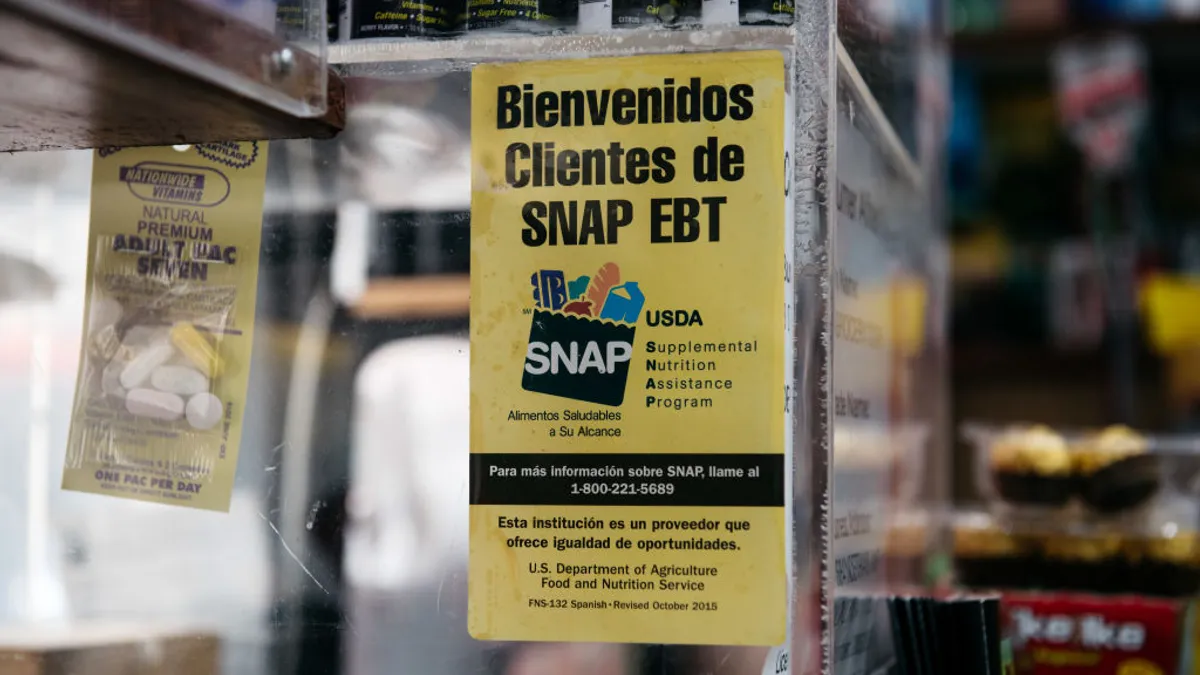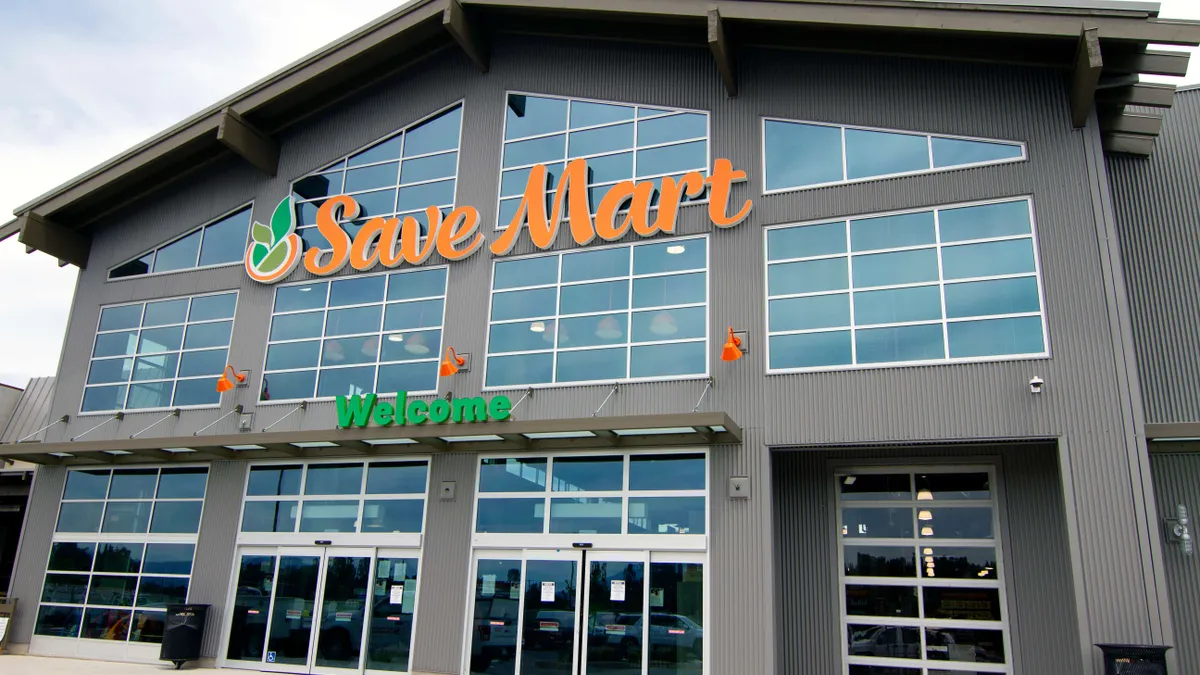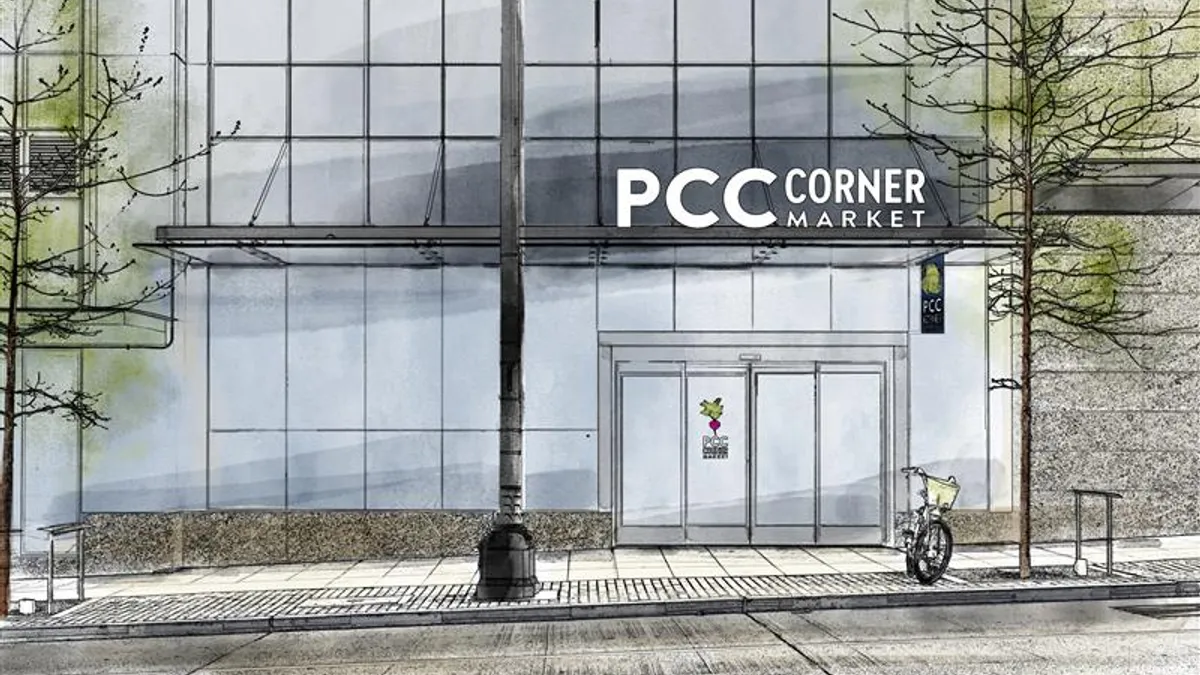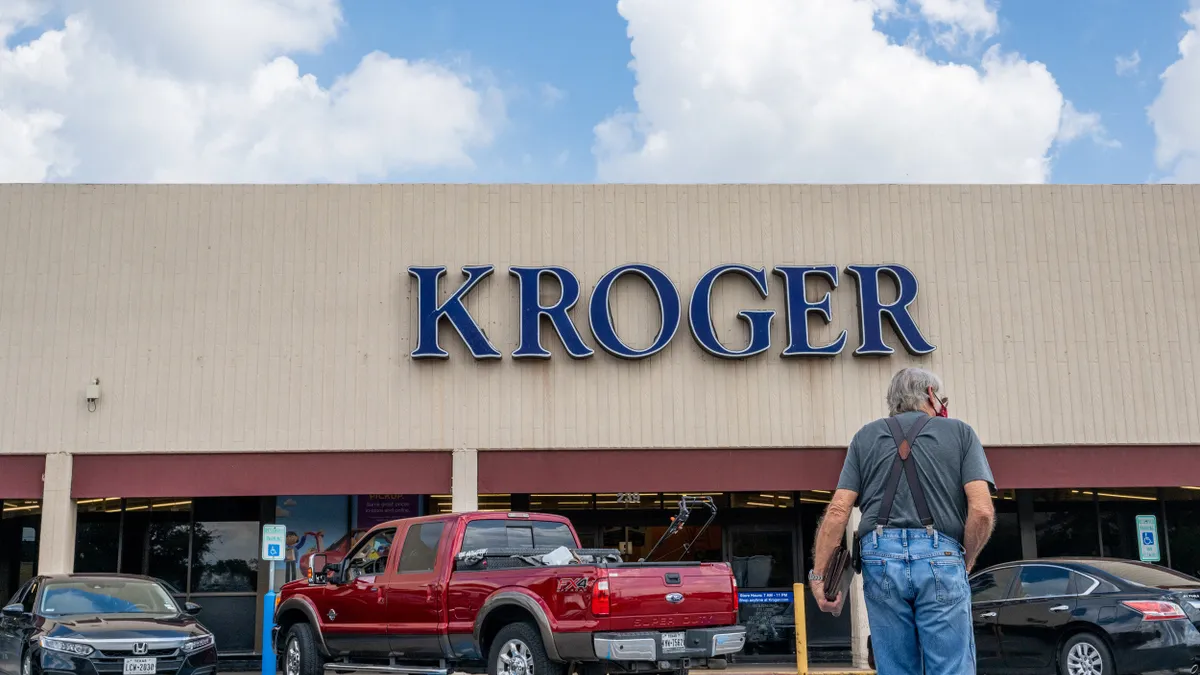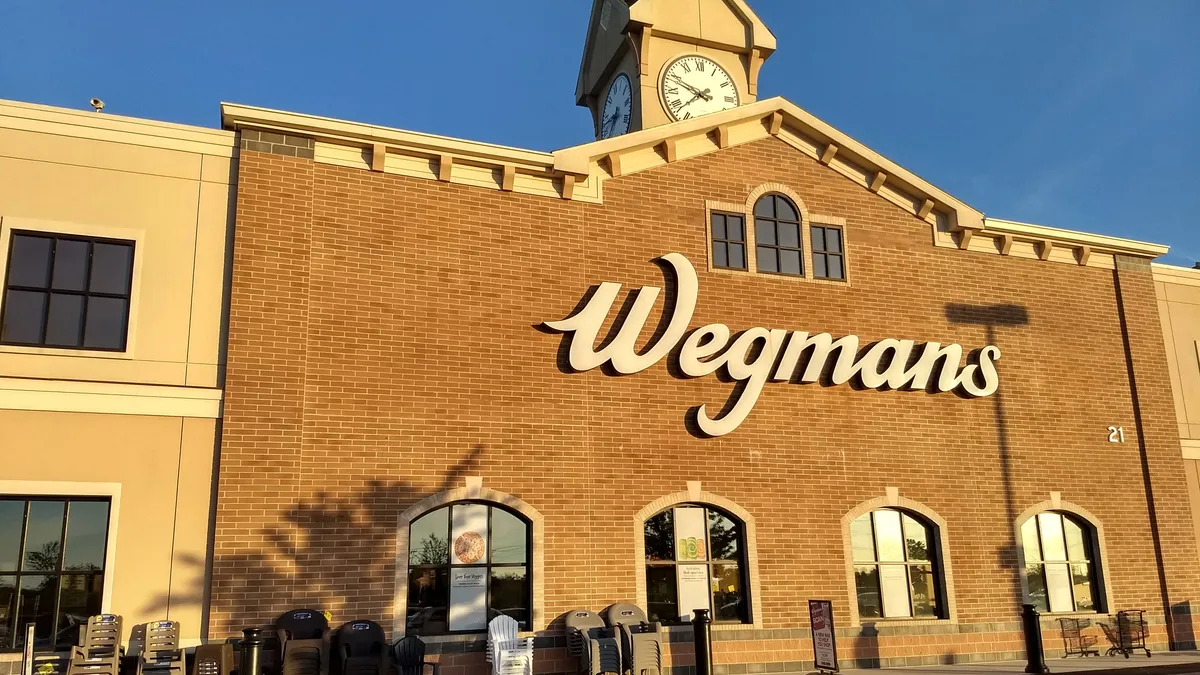SEATTLE — The past several weeks have been incredibly busy for the legal teams employed by Kroger and Albertsons to defend their $25 billion merger.
Last month, lawyers for the two supermarket chains wrapped up their defense in the lawsuit brought by the Federal Trade Commission and attorneys general for eight states and Washington. D.C. And on Thursday, lawyers are scheduled to make their closing arguments in a challenge leveled by Colorado’s attorney general.
But on Wednesday, the spotlight shone on the King County Courthouse in downtown Seattle, where legal teams representing the grocers wrapped up their defense alongside lawyers representing Washington state, which — like the FTC — is seeking an injunction that would effectively block the merger.
After hearing arguments, Judge Marshall Ferguson set a tentative hearing for Nov. 15 to deliver his decision.
Among the three legal challenges, Washington’s is unique because it covers a state with a very high concentration of Kroger and Albertsons locations. The two grocers together run more than 300 locations in the Evergreen State, accounting for more than 50% of grocery sales, according to the office of State Attorney General Bob Ferguson. In the Seattle-Tacoma region alone, the two supermarket chains operate nearly 200 stores.
In their closing arguments, both sides acknowledged heated competition between the two supermarket chains — but they offered diverging views on what that implies for the merger. Glenn Pomerantz, one of the lawyers representing Washington state, said that Kroger and Albertsons engage in a “dog fight” every day on pricing. Albertsons, which carries prices that are on average 10% to 12% higher than Kroger’s, typically serves as a “ceiling” for Kroger’s pricing strategy in the state, while Walmart provides the “floor,” he said.
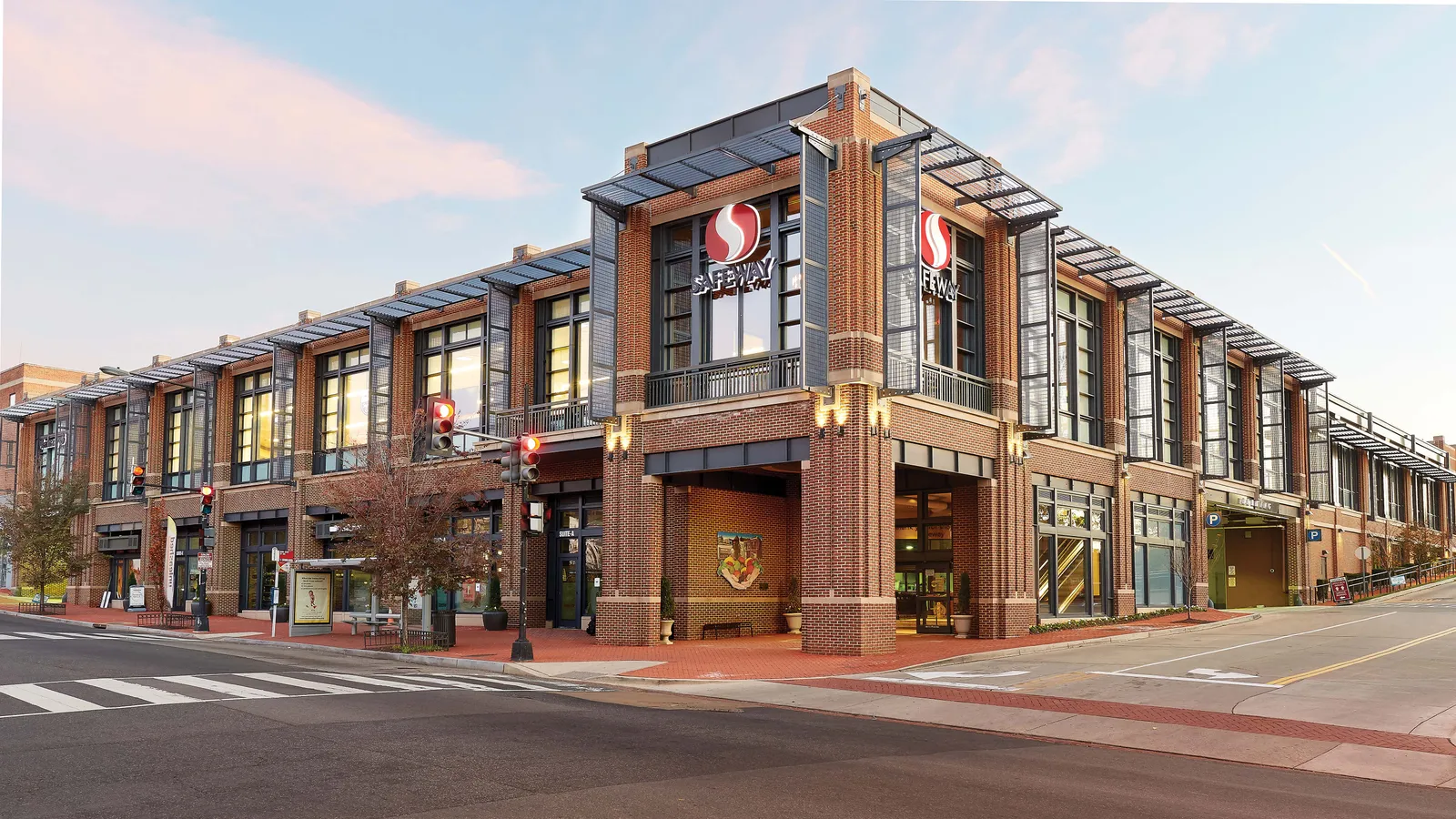
The merger would remove a formidable competitor that serves as a check on Kroger’s pricing as well as on valuable services like online pickup, Pomerantz noted.
“If Kroger no longer has to worry about Albertsons beating them on promotional prices, they don't have to go so low on promotional prices,” Pomerantz said. “If Kroger no longer has to worry about Albertsons' e-commerce pickup time, then it doesn't matter so much whether their pickup time is four hours or two hours.”
Kroger’s legal team, however, argued that the state’s arguments displayed a lack of understanding about Kroger’s business model and the fragmenting grocery industry. Mark Perry, a lawyer representing Kroger, said that the grocer has to keep prices low in order to compete with the likes of Walmart, Grocery Outlet and Trader Joe’s. It’s also incentivized by its “flywheel” business model that includes high-margin data and ads services that rely on high volumes of customers moving through its stores and buying online.
“The flywheel strategy has enabled Kroger to continue lowering prices for food year after year after year,” Perry said.
Albertsons, Perry noted, doesn’t operate a flywheel business model.
“It's one reason Albertsons’ prices are so much higher than Kroger's,” he said. “To put it bluntly, Albertsons has been focused on short-term profit, while Kroger has been focused on long-term profit. And it’s one reason that Kroger is going to be the long-term successful competitor against Walmart and Costco and Amazon, and why Albertsons is in trouble and has the ‘for sale’ sign up.”
The two sides differed on what exactly the state needs to prove in its case. Perry argued that the burden is on the state to prove that the merger and the proposed divestiture to C&S Wholesale Grocers would be anti-competitive, while Washington’s lawyers argued that they only need to show there’s an “appreciable risk” that the deal would lessen competition, Pomerantz said.
Costco and C&S discussed at length
Not surprisingly, Costco, which is headquartered in Washington and operates 34 stores in the state, came up frequently as a point of contention between the two sides.
Pomerantz and Kuruvilla J. Olasa, another lawyer representing Washington, noted that earlier testimony shows that Kroger and Albertsons don’t factor Costco’s prices into their store prices. If a Costco opens near a Safeway store, “the impact is very small,” said Olasa, while the closure of an Albertsons-owned store typically pushes consumers to shift their spending to a Kroger-owned outlet like QFC or Fred Meyer, and vice versa.
Kroger and Albertsons’ legal team scoffed at these arguments, pointing out that consumers will drive a significant distance to stock up on the many grocery and household goods Costco carries in bulk. Enu Mainigi, a lawyer representing Albertsons, said that the chain will hold “Costco Buster” sales promotions on products like paper towels when the club retailer opens a location near one of its stores.
“Every Kroger customer, if they have $1 in their pocket, they spend 30 cents at Kroger and they spend 21 cents at Costco. Yet according to the state, Costco doesn't compete with Kroger for those dollars from our own customers,” Perry said.
As lawyers with the FTC did last month, Washington state’s legal team tore into Kroger’s divestiture plan to C&S. Jonathan Kravis, a lawyer for the state, said the grocer gave C&S a poor selection of assets that will make it impossible to replace Albertsons as a competitor. He pointed to evidence showing that C&S wanted to operate Safeway stores in Washington but was instead granted the inferior QFC and Haggen banners. He also pointed to evidence showing that C&S wanted a stronger selection of private label lines and instead was granted five “niche” brands, including Open Nature and Waterfront Bistro, and the ability to license the Signature and O Organics brands.
Under the divestiture deal, C&S would have to re-banner 62 out of the 124 stores it’s set to acquire in Washington state to the QFC or Haggen brands.
“Kroger structured the divestiture in a way that created risks, and then Kroger placed those risks squarely on C&S,” said Kravis. “Kroger crafted this divestiture not to replace competition, but to reduce its competition here in Washington and around the country.”
Kravis noted that C&S, which has a poor track record of running retail stores, could opt for a “Plan B” after the divestiture and sell off stores.
“There are a bunch of stores in Washington that could easily flip from profitable to unprofitable, and then C&S has every incentive to start selling those stores off to its wholesale customers,” he said. “C&S gets the money from the sale, they get the losses off their books and they get a new store to sell wholesale products to.”
Perry, in response, noted that C&S has added financial incentives for executives that will help ensure it runs those stores for a significant period of time, and that it wouldn’t make enough money off store sales and distribution deals to cover the $2.9 billion acquisition price it agreed to for 579 stores nationwide. Mainigi, meanwhile, noted that the executive team selected to manage the divested stores for C&S, led by Albertsons Chief Operations Officer Susan Morris, has experience re-bannering stores, establishing private label brands and running locations that reach across a wide variety of geographic regions.
The legal challenges to Kroger and Albertsons’ proposed merger altogether pose a steep hurdle for the grocery chains to overcome. Wall Street analysts have given the deal slim odds, and experts have noted that some of its main advantages have eroded in the more than two years since it was announced.
While Judge Ferguson provided a timetable for delivering his decision, federal judge Adrienne Nelson did not provide a timeline for her decision in the case involving the FTC’s challenge to the merger.








